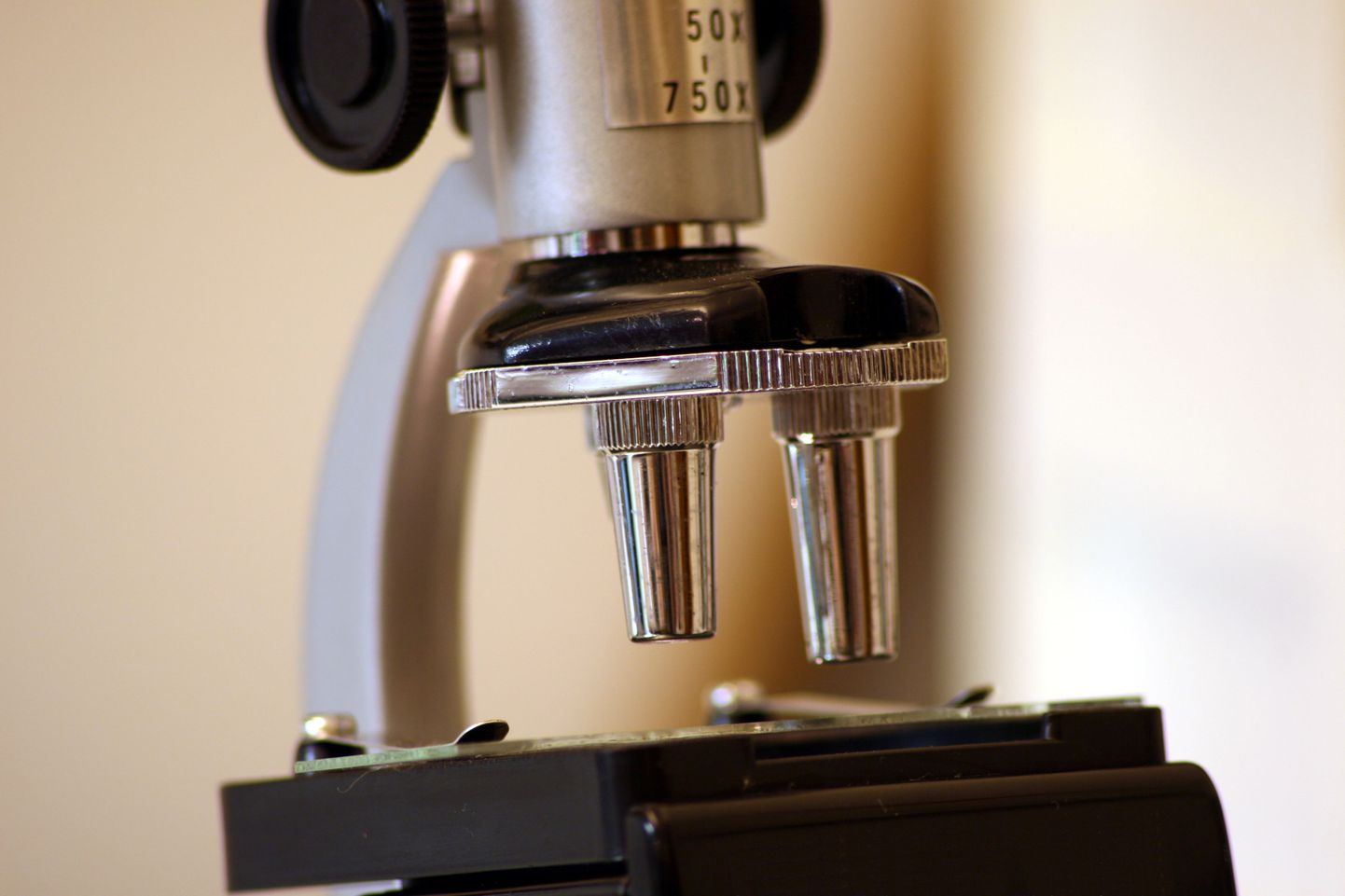
Physicists at University of Tartu are the first in Estonia to officially cooperate with European Spallation Source (ESS).

Physicists at University of Tartu are the first in Estonia to officially cooperate with European Spallation Source (ESS).
The scientists will be developing a new device which will help to grow plants more effectively and build better wind and solar energy equipment.
The work group is led by Jörg Pieper, biological physics professor at University of Tartu Institute of Physics. Says Ott Rebane, industrial relations expert at the institute: «The ESS, soon to be built, will have a historic amount of neutrons per unit of time; for the first time ever, it will thus be possible to obtain, fast and precise enough, a picture of biomolecule structure’s changes in time.»
Historic capacity
As explained by Mr Rebane, the ESS research centre might be described as one «giant microscope» to study materials. «The measuring device planned by Prof Pieper will be one among the many measuring equipment in the centre,» said Mr Rebane who compared it to photography: varying measuring devices allow shooting two or three-dimensional «pictures» at varying levels of magnification. «Based on the analogy, Prof Pieper’s device would measure a highly magnified video of alterations of shapes of molecules, after impact of flashlight on the material,» said Mr Rebane.
The so-called microscope using neutron radiation instead of light to shoot its pictures, the possibility is created to see hydrogen atoms movement during structural changes in molecule – a phenomenon so far least visible.
According to electrochemistry researcher Heisi Kurig, the device might come in handy in agriculture, for instance. «It makes it possible to study how plants draw water from soil, how plants react to various environmental and soil conditions,» said Ms Kurig, adding that conclusions could then be drawn on how to best tend the plants to secure optimal yields.
Also, the device will help study various metal alloys and ways to connect metal details, such as while welding – to see how varying conditions affect quality of structure at metal mergers.
Also, it will be possible to study structural changes in bones. «The method allows to study structure of bones and changes happening in bones; on basis of that, conclusions may be drawn on how to do osteoporosis rehabilitation therapy,» said Ms Kurig.
According to University of Tartu Vice Rector of Sciences Marco Kirm, it is vital when it comes to a state’s competitiveness to be in the vanguard in research. «Estonia’s chance is to break through with above average intelligent products, services, and technologies – not having mineral resources like gas or oil,» said Mr Kirm. Also, Estonia is not able to establish huge research centres alone; therefore, cooperation is pursued with other European countries.
«During the work, we will obtain needed skills while offering our competency which the others do not have,» added Mr Kirm.
According to academician Enn Lust, in charge of the chemistry institute work group, ESS provides for excellent opportunities to further develop devices for biomedicine, biotechnology and renewable energy, as well as materials used therein. «We must begin to update our systems for generating electrical energy, as otherwise we might run into problems seeing that the EU is not about to ease its CO2 quota policy,» said Mr Lust.
«Therefore, with the rest of the world we need to participate in developing devices for converging wind/solar energy and storage of electric energy,» said Mr Lust. To study materials for these devices, ESS will have all the options.
Corporate interest
Development of various methods based on neutron radiation allows for immediate research of causes for damages in fuel elements, electric double-layer capacitors and other fuel storage systems.
According to Mr Lust, Estonian industrial enterprises have no other options but to participate in the international race for hi-tech development. «At the moment, companies like AS Elcogen, AS Elering, AS 4Energia etc have expressed readiness for it,» said Mr Lust. New participants to the programme are eagerly anticipated.
Construction of ESS, among the largest scientific infrastructural objects underway, will start this year in Lund, Sweden. 17 states will participate, Estonia included. Pursuant to the decision dating to April 2014, Estonia will invest 0.25 percent of the overall project cost; of that, up to 70 percent may be indirect contribution.